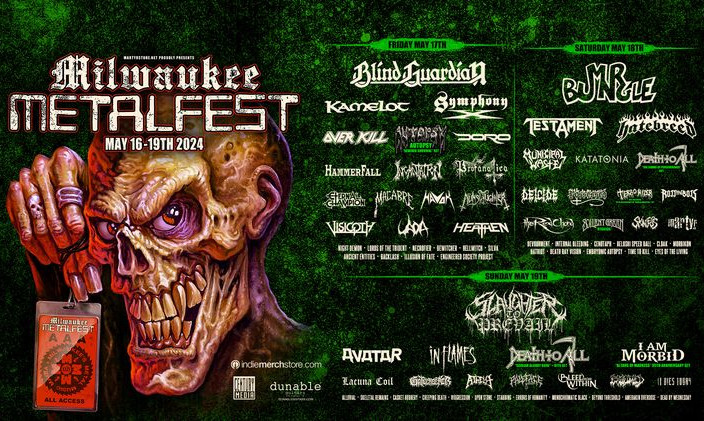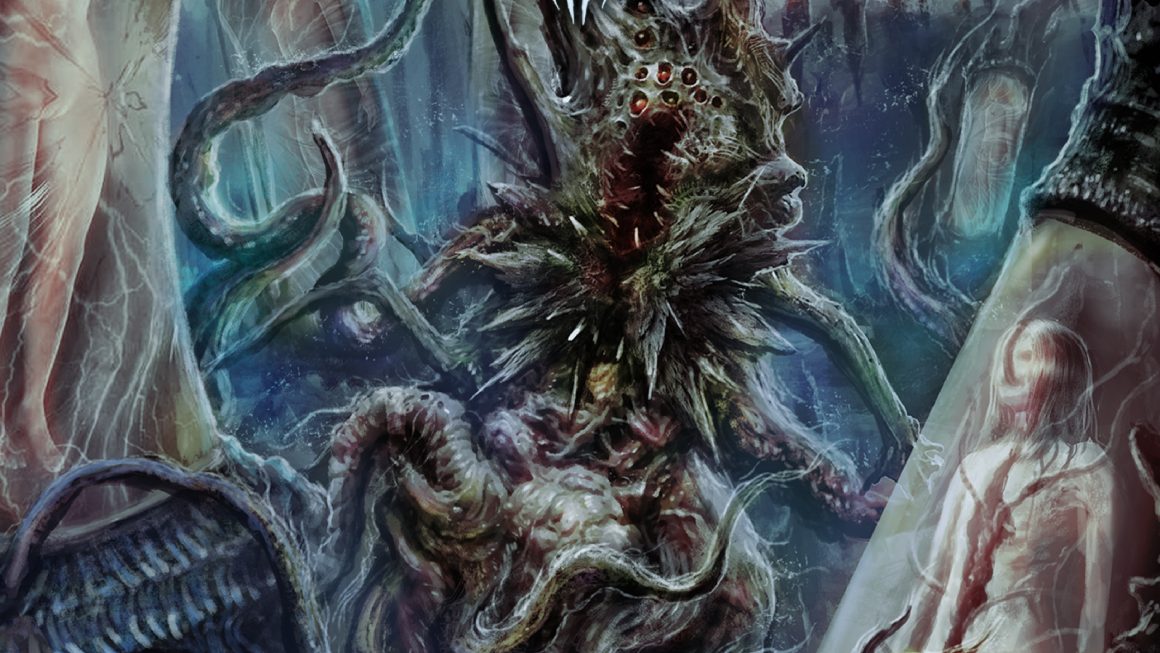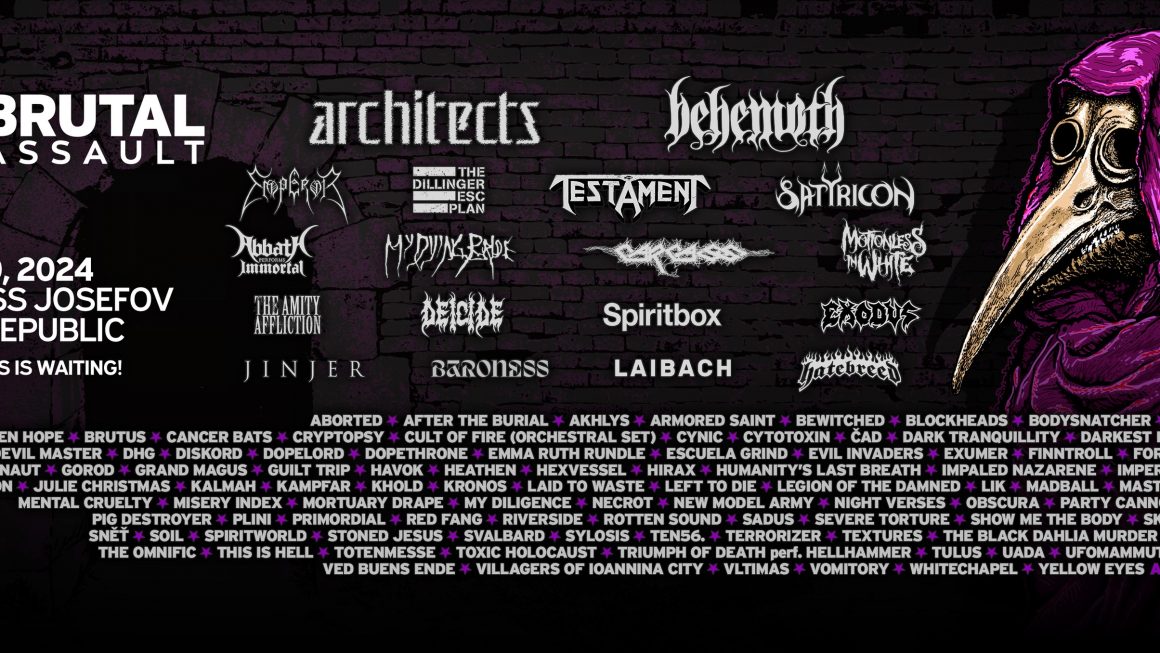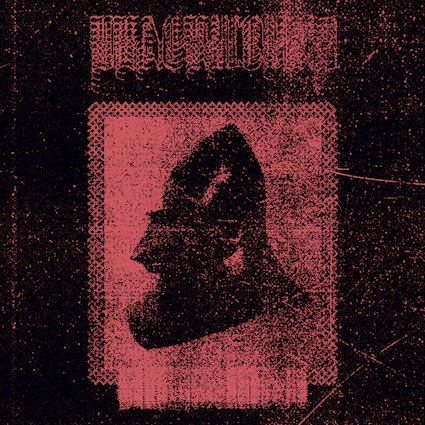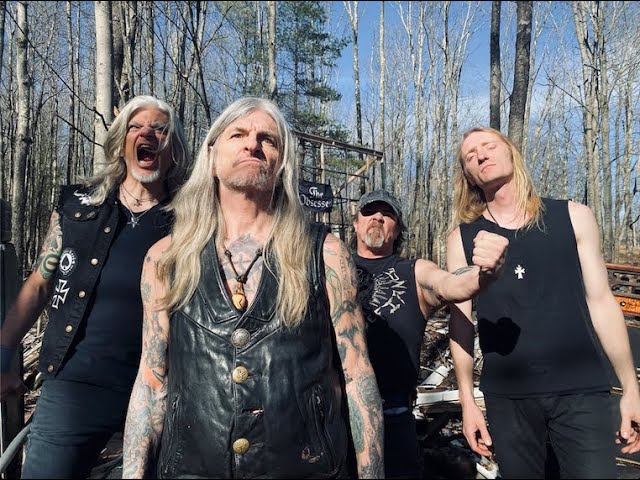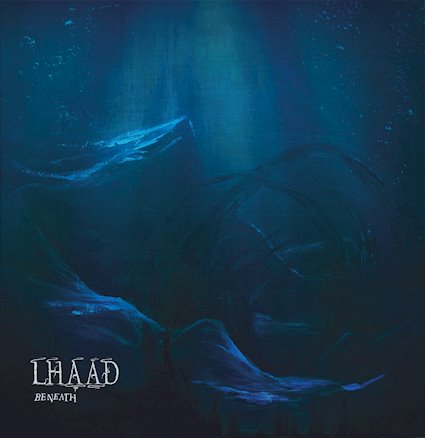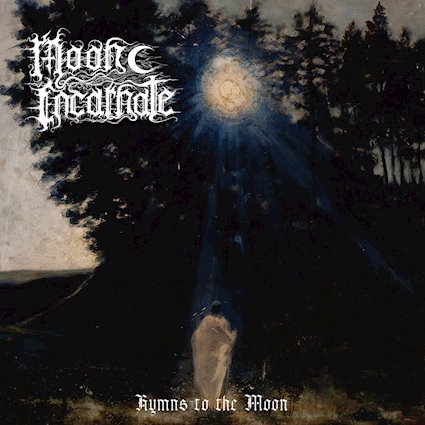Three weeks prior to the release of CANTATA SANGUI's debut album “On Rituals and Correspondence in Constructed Realities”, it's time to let you know about the meaning of three more songs from the album. Once again, read bass player Juha Vilhunen's words and dive into the mystical world of the band…
“BROKEN STARS”
“If every man and every woman is a star, what becomes of those who fall and break? Pity not the fallen, they say, but aren't we all to some extent in danger of losing ourselves in the grinding jaws of Leviathan, or the society?
“Leviathan is a key concept of this song. While the 17th century saw “that crooked serpent” of Isaiah develop into the social contract theories of Hobbes, it wasn't until 1904 that the missing parts of the puzzle were found by a certain Englishman, and consequently encoded in a red book of his. “Broken Stars” is a modest attempt to piece this puzzle together.
“In many aspects, the modern society appears to its participants as a gigantic clockwork mechanism, of which each of us is born as a tiny and replaceable component. Like a factory left on an autopilot, the world around us grinds on in its aimless fashion, diminishing human life to an echo of a cogwheel's step in life's great, empty factory halls. Every man and every woman may start as stars, but Leviathan's pitiless teeth always wait for the fallen. And as every engine needs maintenance, so does He need his daily supply of fresh blood (cf. AL: III/24).
“As nihilistic as this may sound, there must be at least a seed of warmth grasped within the clockwork engine, a distant promise of a better future that beckons us to stay. Or maybe we're simply just unable to leave it all behind. Thus, the best we can normally do is to make a pact, some sort of a truce with the monster society, which allows us at least a little room to move around – if Leviathan permits, that is. On a second thought, we may have fallen from the starry heights, but could there be a way to climb back up?”
“FRUITARIANS”
“This song looks at the use and abuse of sin, utilising The Garden of Earthly Delights by Hieronymus Bosch as a starting point. From the orchard's fruitarian paradise it is possible to proceed either to the antediluvian bliss of sinless ecstasy, or to the scorched earth inferno lit by the burning corpses of transgressors.
“Influenced by a late 14th century vision of Hieronymus Bosch, this song explores the same questions that lurk at the background of The Garden of Earthly Delights. Laden with alchemistic allegories, the triptych has often been explained away as a moral warning against the pleasures depicted therein. And true enough, the alluring scent of free, sinful ecstasy lingers in the clear air of the orchard. But what if pursuing the peachy aroma could be justified by some nobler purpose?
“To understand this better, one must look at the theses of preadamism, and the related claim of certain esoteric sects that it is possible for man to return to the sinless state of the preadamites. In this light, reaching for the pre-Eden bliss becomes a divine end that justifies even sinful means, as all sins are wiped off once we reach that goal anyway. Or who knows, maybe progression is only possible through transgression. In any case, once you taste of the strawberry pulp of ecstasy, there's no turning back.
“The lyrics also touch the subject of Yaldabaoth's treachery upon Eve, and the subsequent awakening of Eve's reason. Looking closely at the painting, one notices that black reptiles already hatch in the pond of the demiurge's paradise. These monsters are the seeds of reason that prophesy the downfall of every paradise, however artificial it might be.”
“LAZARUS”
“All stories and mythologies conceal apocryphal connotations as well as simple mainstream interpretations, and here the Bible is no exception. This song looks at one of our culture's most commonly known tales of necromancy, and speculates about the obvious Promethean nature of Christ, and also our tendency to overlook this.
“As the name implies, this song again visits the Biblical tradition and the numerous contradictions included in its stories and their common interpretations. While not actually a direct influence, a painting by Juan de Flandes sheds some light on the themes of this song. In the picture, Lazarus's awakening is depicted in a slightly unconventional way, with Jesus robed in black and standing on a pile of skulls, surrounded by a group of villagers who witness the necromantic rite with casual looks on their faces.
“Along with the dead, the rite immediately awakens several associations. First is the connection between the beni elohim, the nephilim, and the Christ. The nephilim, mythological giants of angelic inheritance, are said to have taught to mankind the knowledge of necromancy and all other magic, among other things. Also, even in the mainstream gospels, Christ is on several occasions referred to as Phosphorus, the light-bringer – the Latin translation of which is of course Lucifer. Tying these strings together implies that, throughout the ages, there have been several Christs, several light-bringers, several Lucifers, and each of them a rebel.
“In this light and in this context, the Christ of the painting appears as the archetypal Lucifer, using the forbidden knowledge of Hellenistic necromancy to conjure Lazarus back from the dead. Needless to say, the Christ or the Lucifer could here be replaced by the nephilim and all other rebel angels. And taking this one step further, one might ask whether there could be a stench that might drive us from the safety of our daily graves, and what fallen angel would wait for us outside should we ever wake up.”
Who said metal heads were empty?






























